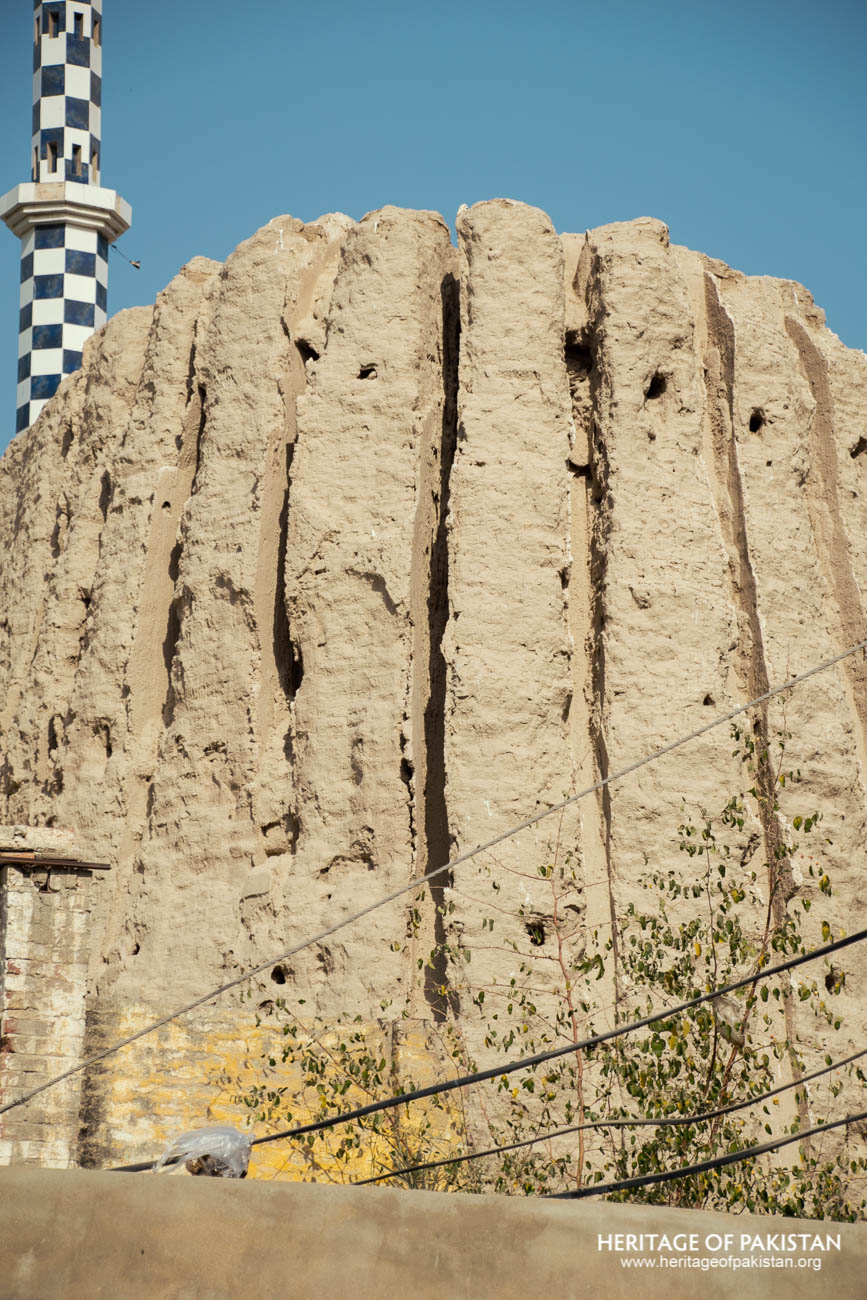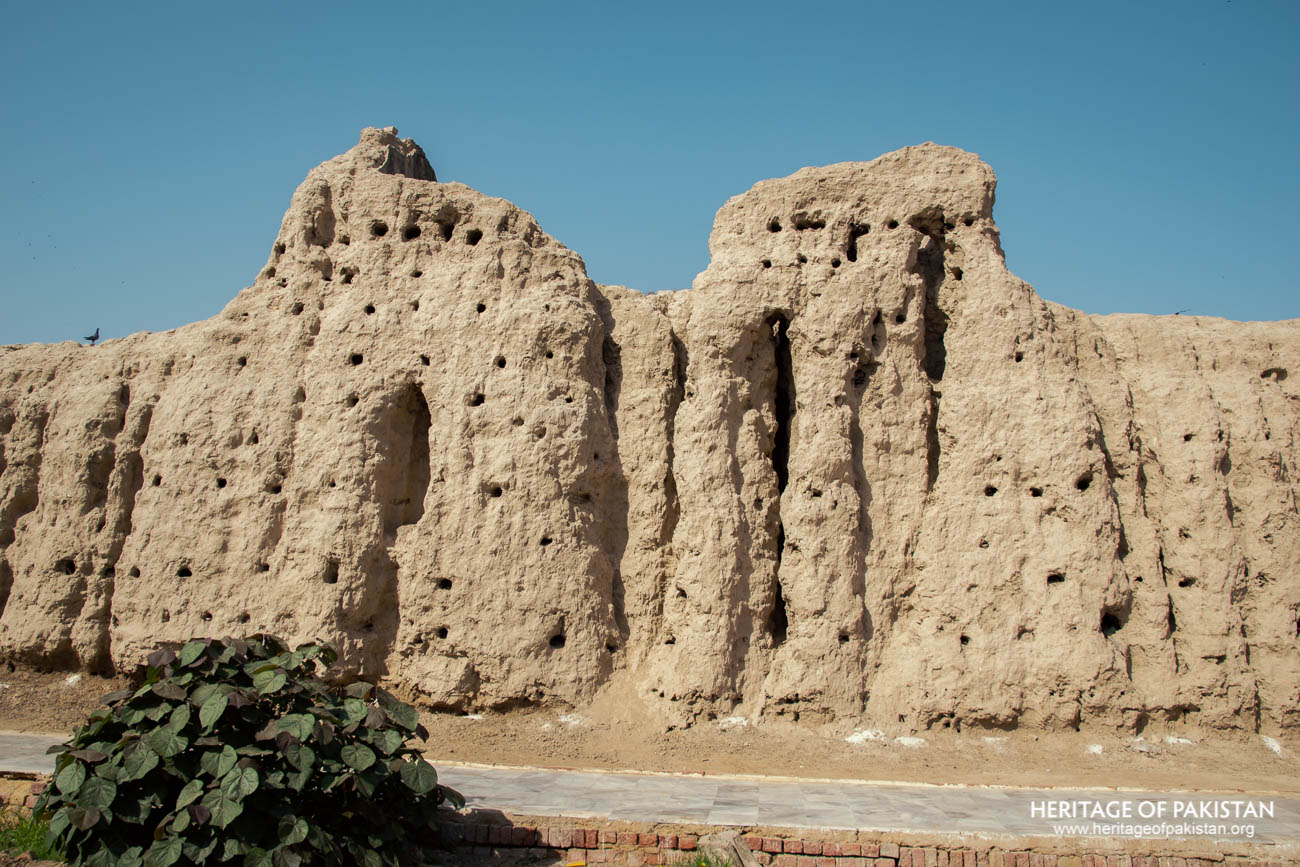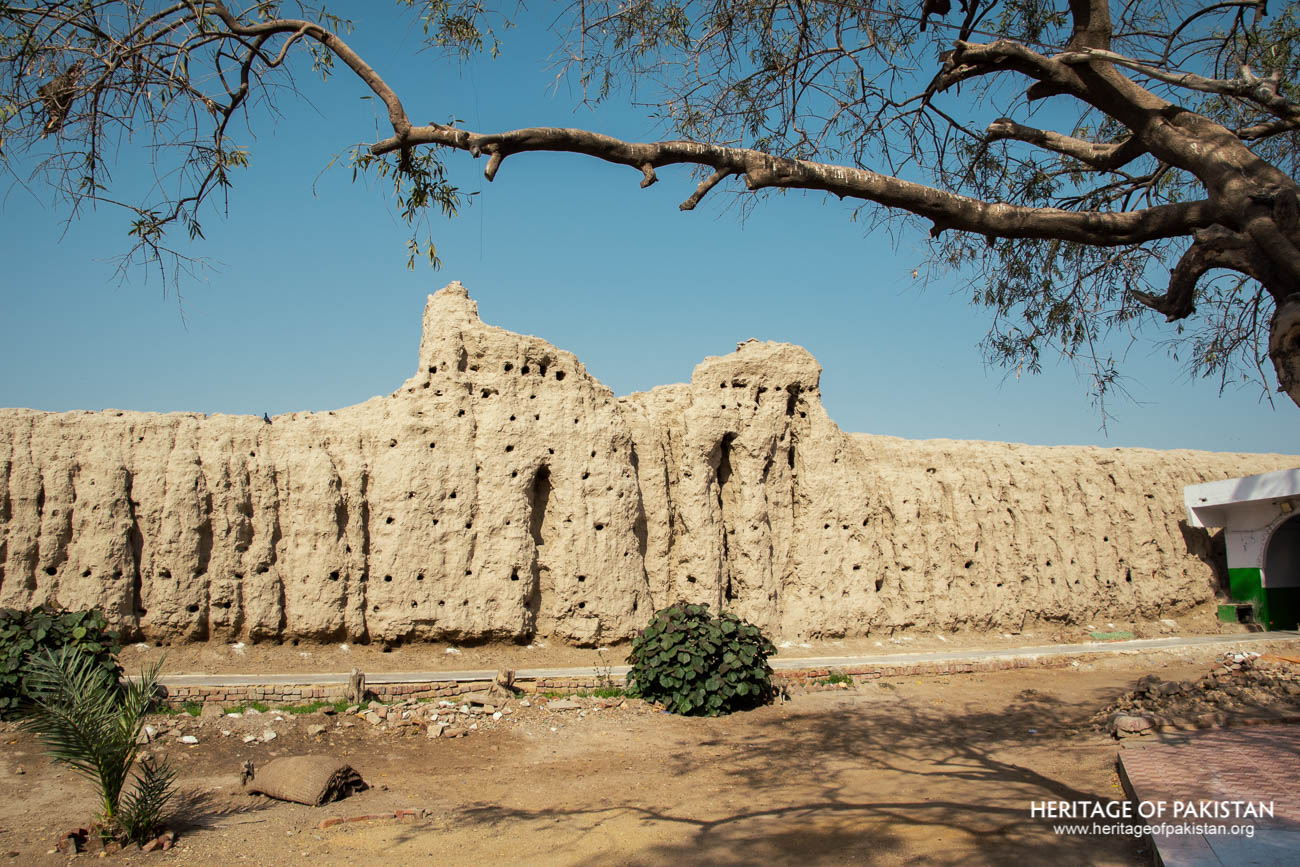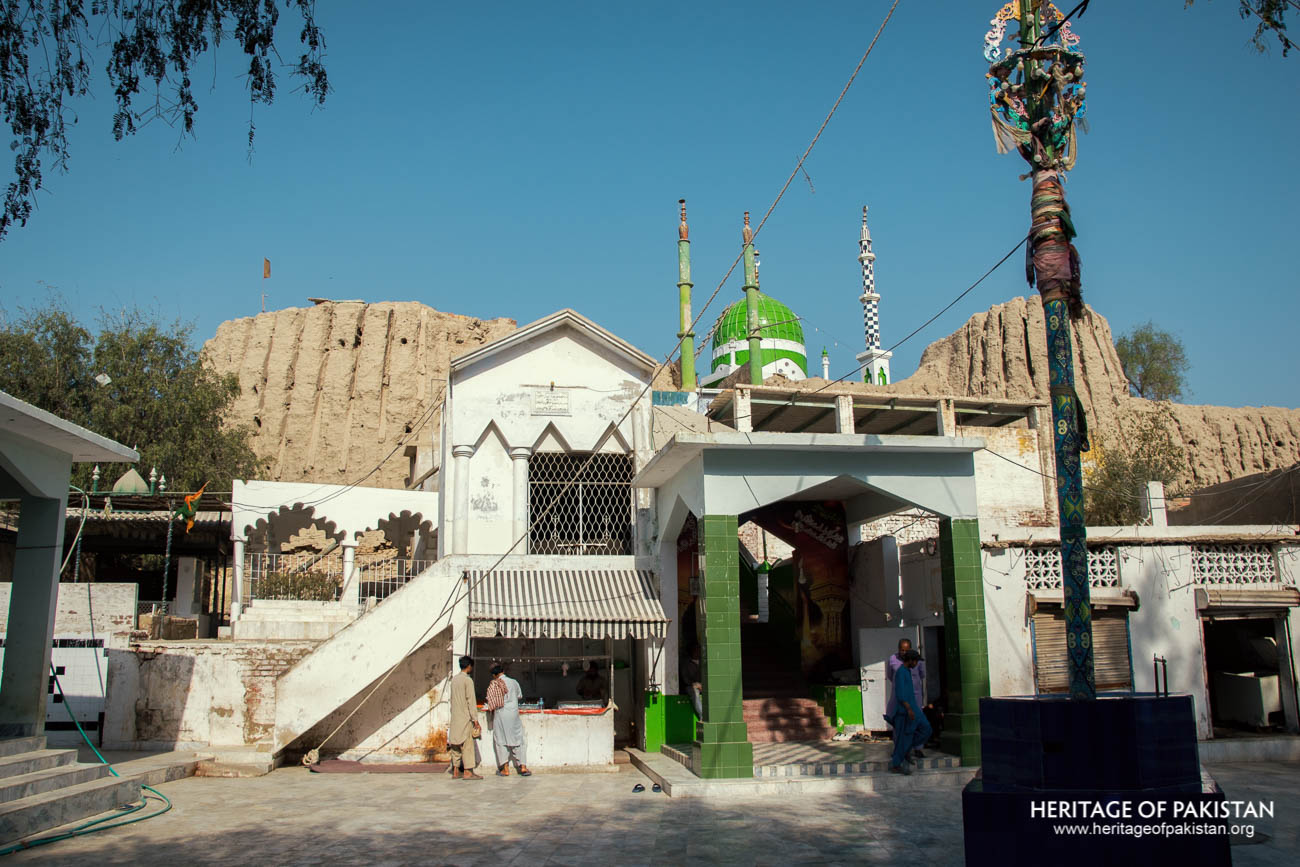Did You Know?
An interesting fact about Katcha Qila is that, according to local folklore, the untimely death of Ghulam Shah Kalhoro was believed to be divine retribution for disturbing the grave of Pir Makki Shah during the fort’s construction.
25°23'10.3"N 68°22'44.3"E
An interesting fact about Katcha Qila is that, according to local folklore, the untimely death of Ghulam Shah Kalhoro was believed to be divine retribution for disturbing the grave of Pir Makki Shah during the fort’s construction.
The Best Time to Visit Sindh Province is Winters. Preferably from September to April Peak Summers (May to August) can get extremely hot with temperatures reaching higher than 40 °C . Hence Summers are not recommended.


Katcha Qila is a small triangular-shaped mud-brick fort located in Hyderabad, Sindh. It was constructed by the Kalhora ruler Ghulam Shah Kalhoro as a defensive outpost to complement the larger Pakka Qila. The distinction between the two forts lies in their construction materials. Katcha Qila was built using sundried mud bricks, whereas Pakka Qila was constructed with burnt bricks. Due to its location near the Shrine of Pir Makki Shah, Katcha Qila is also referred to as Makki Shah Qilla.
Pir Makki Shah, originally named Sheikh Muhammad Ansari, was born in Makkah in 1127 AD. He migrated to Sindh in 1155 AD and passed away eight years later. His tomb is located on a mound where other graves are also present. According to historical accounts, the site where Katcha Qila was built was an existing burial ground that included the grave of Pir Makki Shah. Many graves were reportedly destroyed during the construction of the fort.
The Kalhora dynasty, which ruled Sindh from 1701 to 1783 AD, initially had its capital at Khudabad, located in present-day Dadu district. However, in 1768, Miyan Ghulam Shah Kalhoro relocated the capital to Hyderabad, establishing it on the remnants of the ancient city of Nirunkot. He commissioned the construction of Pakka Qila as the principal fortification of the new capital, with Katcha Qila serving as a southwestern defensive stronghold.

Fortification Wall of Katcha Qila, Sindh
Local folklore suggests that the destruction of graves during the construction of Katcha Qila, particularly the perceived desecration of Pir Makki Shah’s resting place, led to divine retribution. It is believed that this act of disrespect resulted in the untimely and sudden demise of Ghulam Shah Kalhoro. An inscription at the tomb of Pir Makki Shah states that Katcha Qila was constructed in 1769, aligning with the period of Ghulam Shah Kalhoro’s establishment of Hyderabad as capital and construction of Pakka Qila
The historical and religious significance of Katcha Qila is evident not only in its strategic military function but also in its association with Pir Makki Shah’s shrine. Over time, the site has retained its cultural importance. Given its vulnerable mud-brick construction, the fort is at greater risk of deterioration, requiring the need for conservation efforts to protect this important heritage site.

Katcha Qila has been constructed as a mud-brick fort near Pakka Qila in Hyderabad, with approximate dimensions of 50 meters by 100 meters. The fort is triangular in plan and is strategically constructed atop a small hill. Adjacent to the fort, on one side, lies the Shrine of Pir Makki Shah. Additionally, there are several other graves and a small cemetery within the fort's premises. Historical accounts suggest that the cemetery predated the construction of Katcha Qila, indicating that the site held religious and cultural significance before its militarization.
The fort has two primary entrances: one through the main gate and another through the Shrine of Pir Makki Shah. A flight of steps leads from the shrine into the main area of Katcha Qila. A small mosque is also situated adjacent to the shrine, reinforcing the site's religious importance.

Shrine of Pir Makki Shah at Katcha Qila
The outer walls of Katcha Qila feature nine bastions, constructed along its high mud walls. These fortification walls taper as they rise and include semi-circular bastions placed at regular intervals. Over time, exposure to climatic conditions has caused significant deterioration of the fort’s structure. The walls exhibit visible holes and erosion in multiple areas. Structurally, the interior of the fort was originally composed of mud bricks encased by burnt bricks on both its inner and outer faces. However, much of this external reinforcement has now disintegrated or completely vanished, leaving the fort in a vulnerable state.
The architectural layout and structural details of Katcha Qila highlight its dual significance as both a defensive stronghold and a site of religious reverence. Given its deteriorating condition, preservation efforts are crucial to safeguarding this historical monument.


Discover the Katcha Qila image gallery and immerse yourself in photographs

All Photographs by Syed Noor Hussain and Sania Azhar.
All Rights Reserved. Photos may be used for Non-Commercial, Educational, Artistic, Research, Non-Profit & Academic purposes.
Commercial uses require licensing agreement.


Add a review